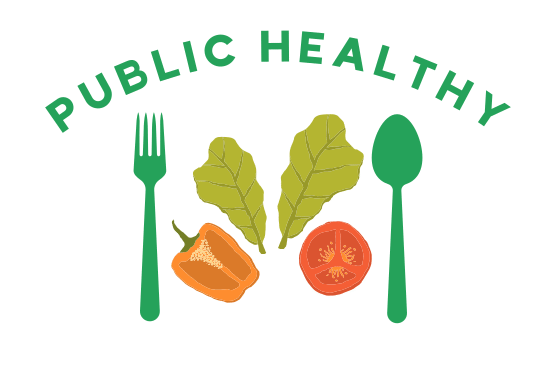
What is Public health (PH)?

Public health is a multidisciplinary field that is difficult to define and has multiple definitions which are still evolving. Charles Edward A Winslow has been credited with defining public health as “the science and art of preventing disease, prolonging life, and promoting health through the organized efforts and informed choices of society, organizations, public and private communities, and individuals. Additionally, “health,” as defined in the WHO Constitution in 1948 , considers physical, mental, and social well-being and is not merely the absence of disease or infirmity. Furthermore, public health is interdisciplinary, thus, a “public health team” may include several related disciplines in health and other social fields. The three main roles of public health are: Identifying health issues and priorities by evaluating and monitoring the well-being of at risk groups and communities; Creating public policies to address these regional and national health goals and concerns in partnership with community and government leaders; Ensuring that all populations have access to appropriate and affordable health promotion and disease prevention services, as well as monitoring the success of this care .
Why Public Health Matters?
Our health is influenced by many factors beyond just visits to the doctor. The food we consume, the air we inhale, our natural surroundings, the built environment, and societal structures all play a role in our well-being, often in ways we may not fully realize. These elements fall within the scope of public health. Notably, many significant reductions in illness and death arise from public health efforts rather than advancements in medical science. Typically, we only consider public health during major crises, such as severe hurricanes or pandemics. However, public health professionals are active every day, working tirelessly to keep communities healthy and safe by preventing disease and injury. For instance public health measures like vaccinations, food safety standards, and policies ensuring clean air and water have contributed to an increase in life expectancy in the U.S. by over 30 years between 1900 and 2020 .

Some of the public health actions include:
- Monitoring water quality at a beach to ensure it’s safe for swimmers, surfers, and divers, by an environmental health specialist.
- Identifying a road that is susceptible to flooding and developing a plan to block the road and reroute traffic when heavy rain is predicted.
- In a low income neighborhood, identifying families with young children who lack access to healthcare, and connecting them with local clinics and social services to ensure they receive essential medical care and support.
- Developing healthier school lunch options for kids.
- Assessing workplace hazards and conducting safety training for employees.
The three P’s of public health are prevention, protection, and promotion. These are the core functions of public health. Most public health practices involve preventing illnesses, injuries, or death; protecting vulnerable groups; and promoting lifestyles, actions, and laws that can improve health and safety.
Public health aims to promote health, protect population health, and prevent disease and injury through the core functions of assessment, policy development, and assurance . Specifically, health promotion is a collective strategy that creates the right social and physical conditions individually, institutionally, and societally to improve the determinants of health and empower individuals to improve their health by increasing their control over the factors that influence health and does not focus resources solely on treatment.

Leave a Reply
Your email address will not be published. Required fields are marked *